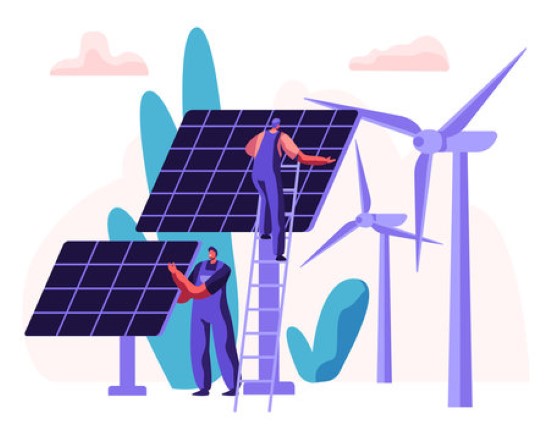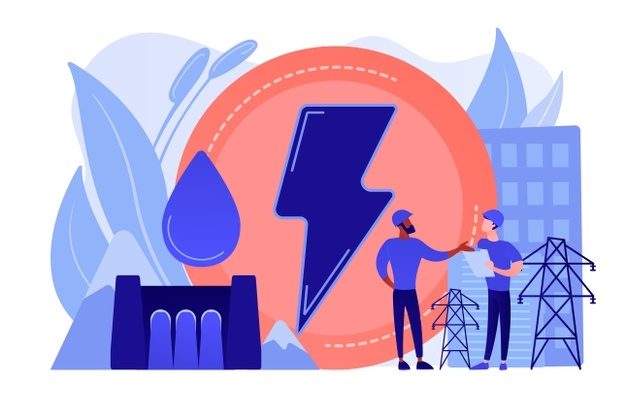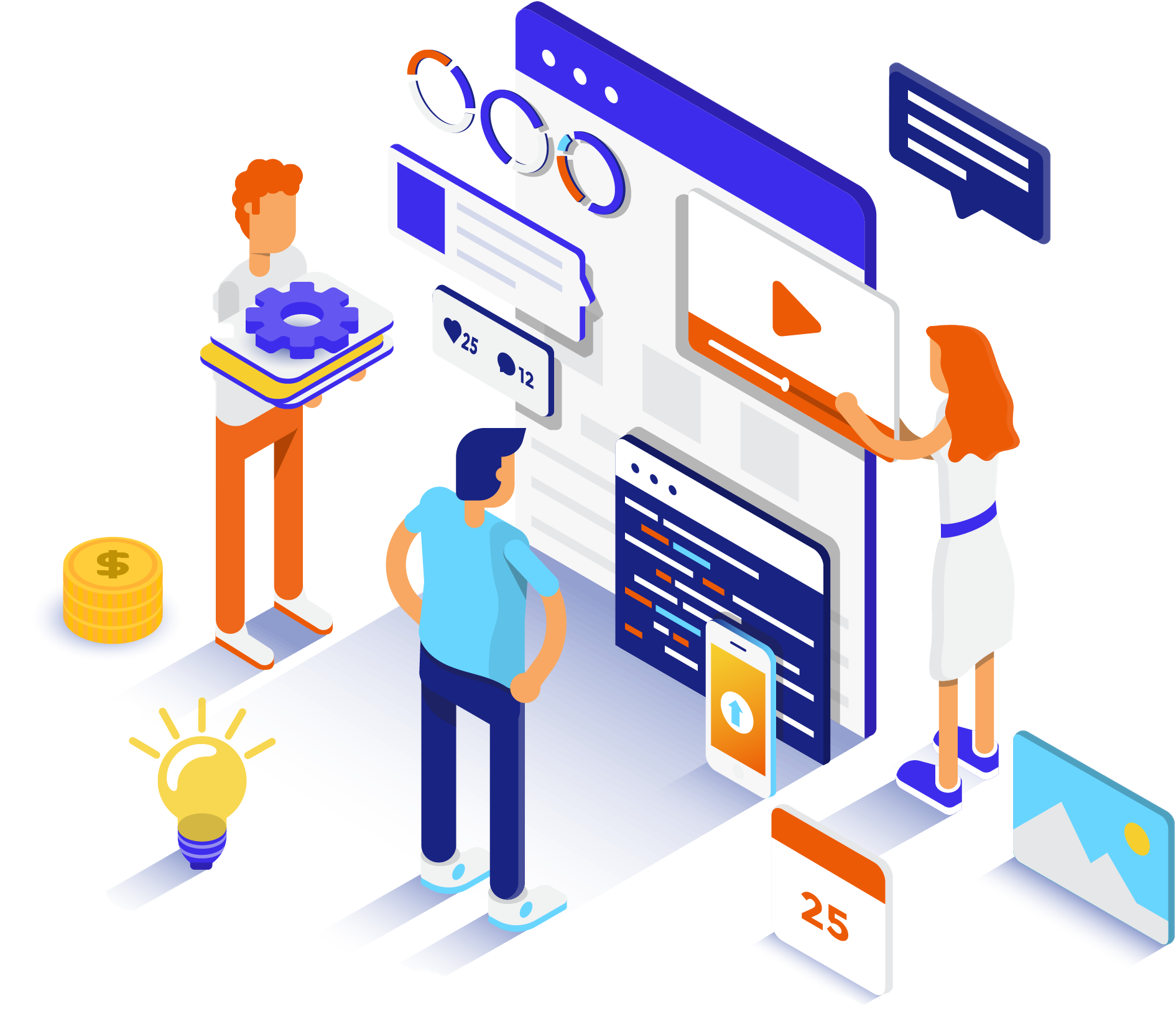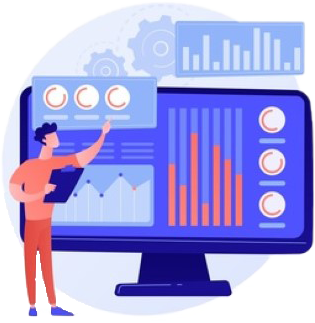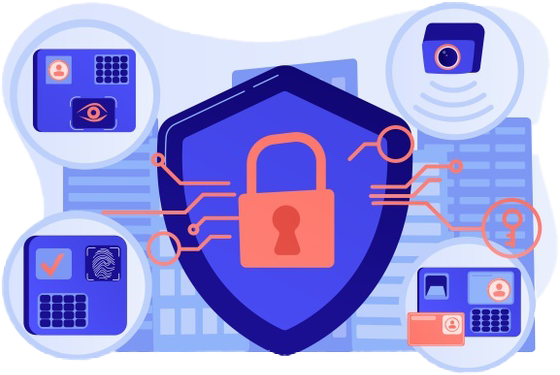Energy
Energy
As energy companies embrace digital transformation, IT professionals are tasked with the complex challenge of modernizing their companies’ operations. Not only must IT professionals overhaul critical operations, they also have to navigate numerous risks—including maintaining network security, supporting grid stability, and controlling data access, to name a few. On top of that, these upgrades need to occur behind the scenes, without any disruption to customers.
Harnessing the Internet of Things (IoT)
As the cost of IoT devices continues to decrease, energy companies are scrambling to build them into the fold. Cutting-edge IoT technologies like smart meters can lower costs and boost productivity for energy companies. One study, for example, predicts that globally, smart meter implementation will deliver savings of nearly $160 billion. In order to realize the full promise of a smart grid, many other expensive upgrades have to take place—such as real-time demand response, integrated communications, sensing and measurement, phasor measurement units, and power system automation, to name a few.
Also, in order to analyze and respond to all of the data that’s being collected from IoT devices, IT professionals must also implement a centralized management platform and cloud storage—and some are feeling overwhelmed about having to store all of that data.
Building a positive customer experience
Providing choices, information, and transparency to the consumer is a tricky process. In the real world, it means that energy industry IT professionals must build and maintain reliable consumer-facing apps and web portals that allow customers to view energy usage and learn how to optimize their energy consumption. Customers will also expect to be able to contact customer support and securely pay their bills.
Cybersecurity risks
Cybersecurity is a major concern among energy industry CEOs and IT professionals. In fact, a recent study revealed that 48% of energy industry CEOs estimate they will be targeted by a cyberattack. The Office of Cybersecurity, Energy Security, and Emergency Response (CESER), advises IT professionals to implement a robust cybersecurity risk management process that includes bi-directional risk information sharing and integrates with the electricity subsector cybersecurity capability maturity model (C2M2). There are also common cybersecurity tactics that IT professionals should deploy such as biometric scanning, enacting strong password policies across employee devices, and utilizing next-generation VPN technology, among other things.
ThoughtData’s solutions helps Energy IT to embrace new technologies with confidence, which in turn helps them improve customer outreach and experience, improve productivity and processes in delivering energy to consumers.
